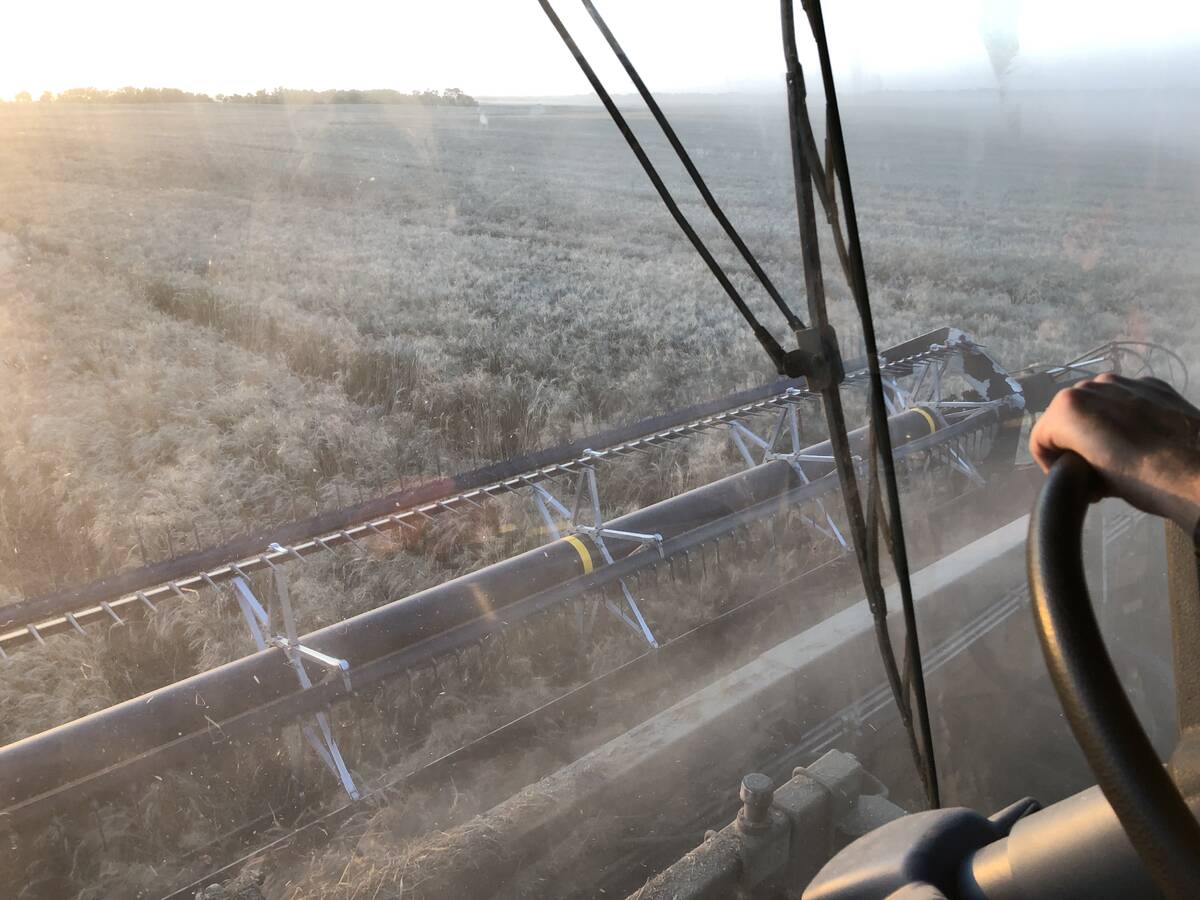Rules raise producers’ costs | Retailers will pass on higher prices to consumers
NASHVILLE, Tenn. — Looming regulations could cost U.S. consumers billions of dollars, says the United Soybean Board.
A report commissioned by the board said increased animal welfare and environmental regulations could drive up the cost of raising livestock by 10 to 25 percent. Those expenses would be passed along to consumers, it added.
“Consumers don’t see the connection between those regulations and the cost to them in the grocery store,” said USB chair Vanessa Kummer during an interview at the 2012 Commodity Classic conference in Nashville.
She hopes the study will set them straight on the consequences of some of these seemingly innocuous regulations.
Read Also

Mail strike disrupts grain sample delivery
The Canadian Grain Commission has asked farmers to consider delivering harvest samples directly to CGC offices, services centres or approved drop offs as Canada Post strike delays mail.
“It will raise the cost of what they pay for meat, milk and eggs in the grocery store and end up costing (them) around $16.8 billion annually,” said Kummer.
One of the priorities of the USB, which collects and spends the U.S. soybean checkoff, is to protect and defend the animal agriculture industry because it consumes 98 percent of the meal made from soybeans.
“Animal agriculture is by far our largest customer,” said Kummer.
Poultry leads the way, consuming 54 percent of U.S. soybean meal followed by pigs at 28 percent and cattle at seven percent.
Livestock producers are facing increased regulation in five areas: animal housing, environmental mandates, drug use, labour supply and livestock marketing.
Some of the regulations are state and federal legislation while others are coming from major retailers.
For instance, McDonald’s wants farrowing pens changed or eliminated, which would have a big impact on the bottom line for pork producers who supply the company with product.
The study determined that switching from the conventional cage system for layer hens to a nation-wide cage-free system would increase the average price of a dozen eggs to $2.10 US per dozen from $1.68.
“The more vulnerable families really can’t afford prices being raised due to regulations,” said Kummer.
Regulation could also reduce U.S. pork and broiler exports, which would cost the economy an estimated 9,000 jobs.
USB is providing the study to the American Soybean Association and the U.S. Farmers & Ranchers Alliance, a collection of 70 commodity groups and agriculture industry partners
ASA will use the information in its political lobbying efforts and the USFRA will use it to help educate consumers on the issue.

















